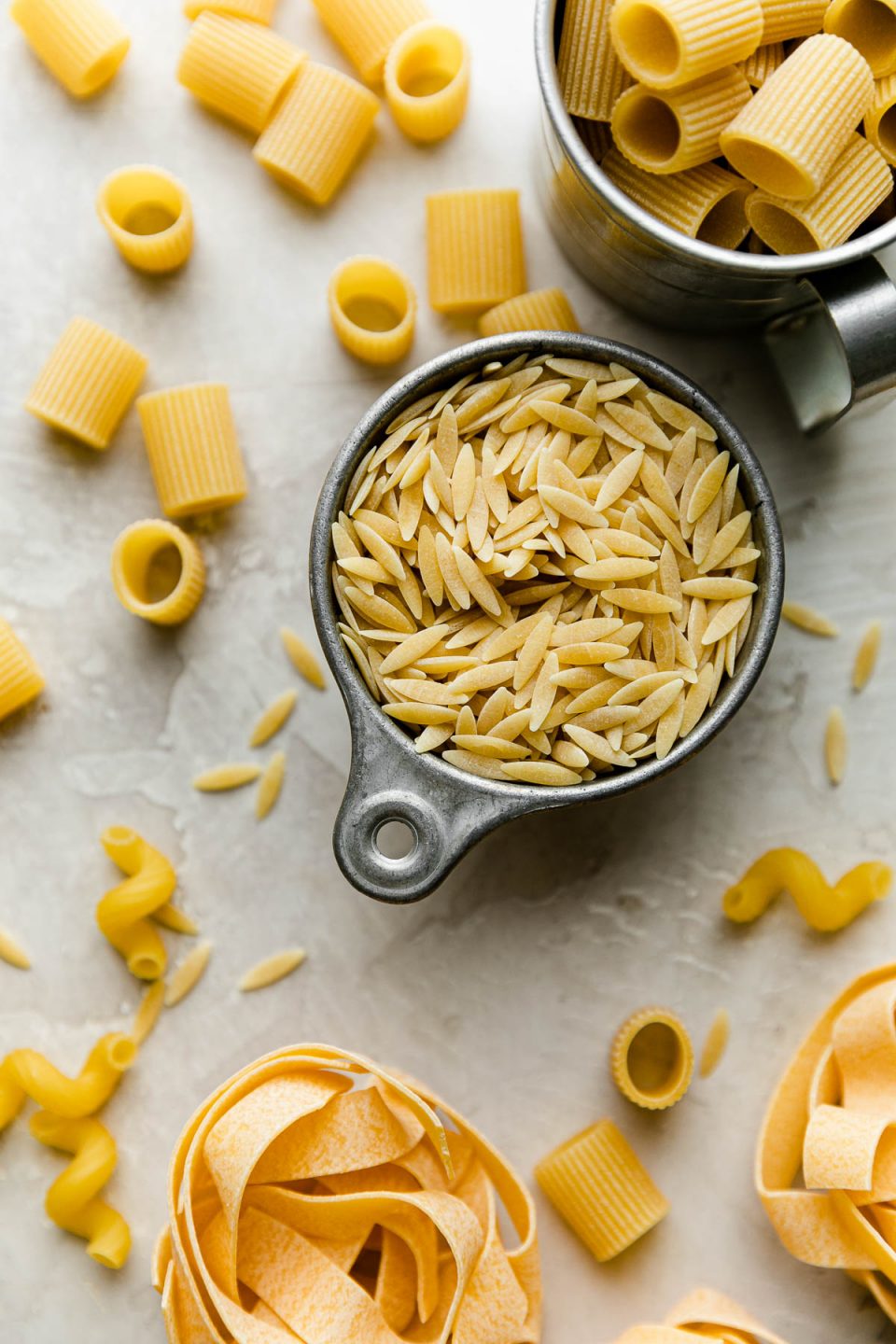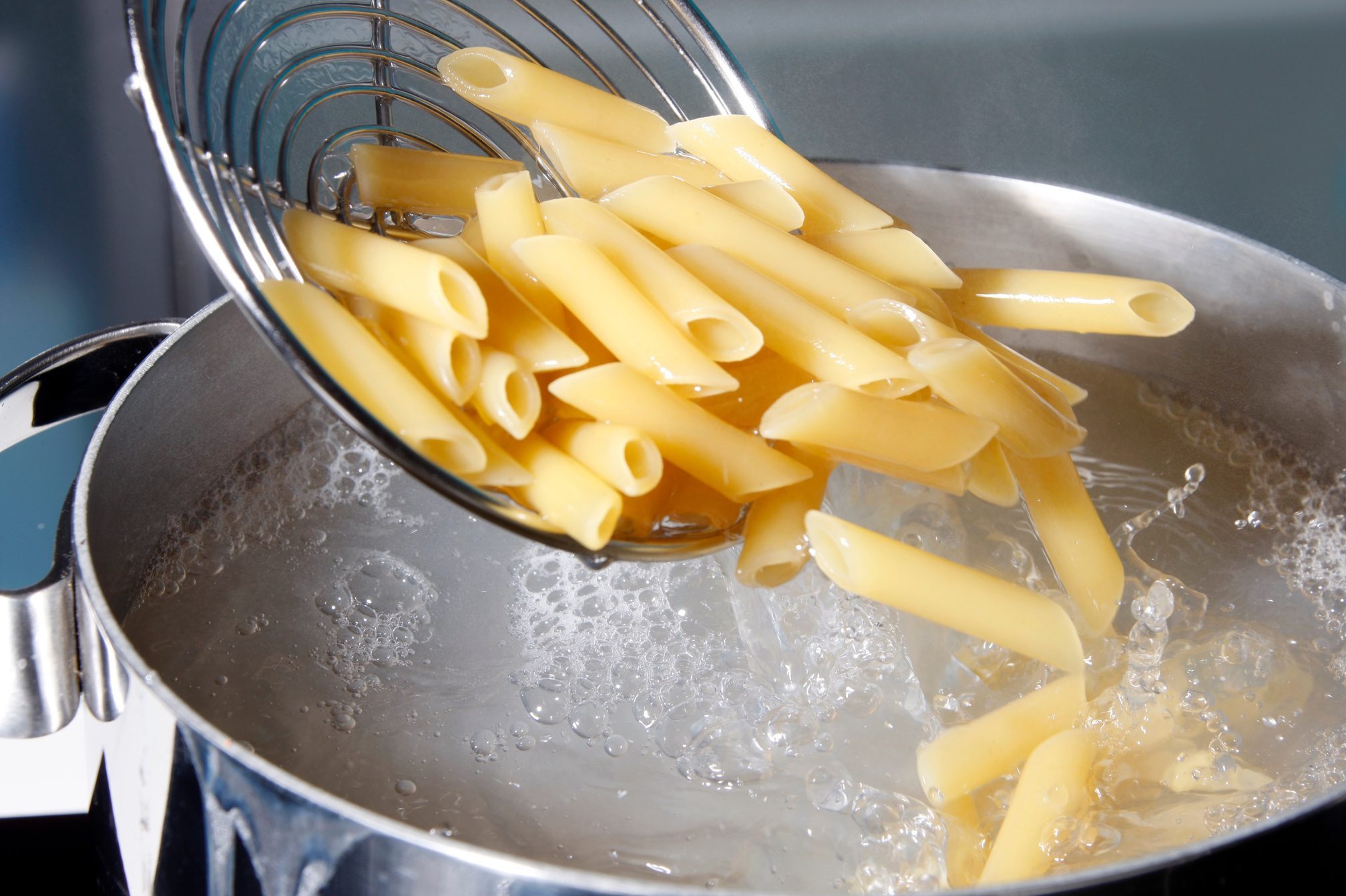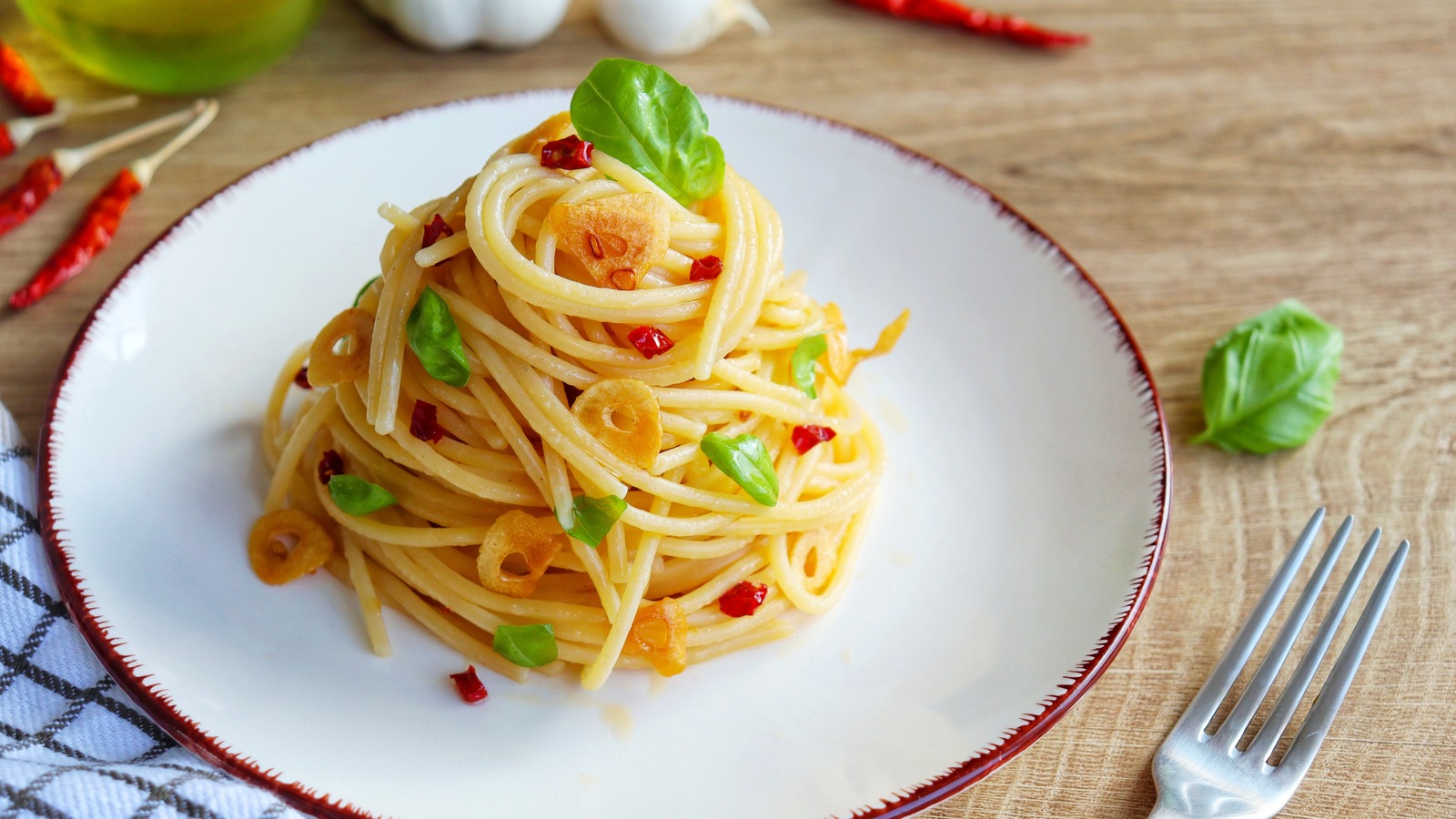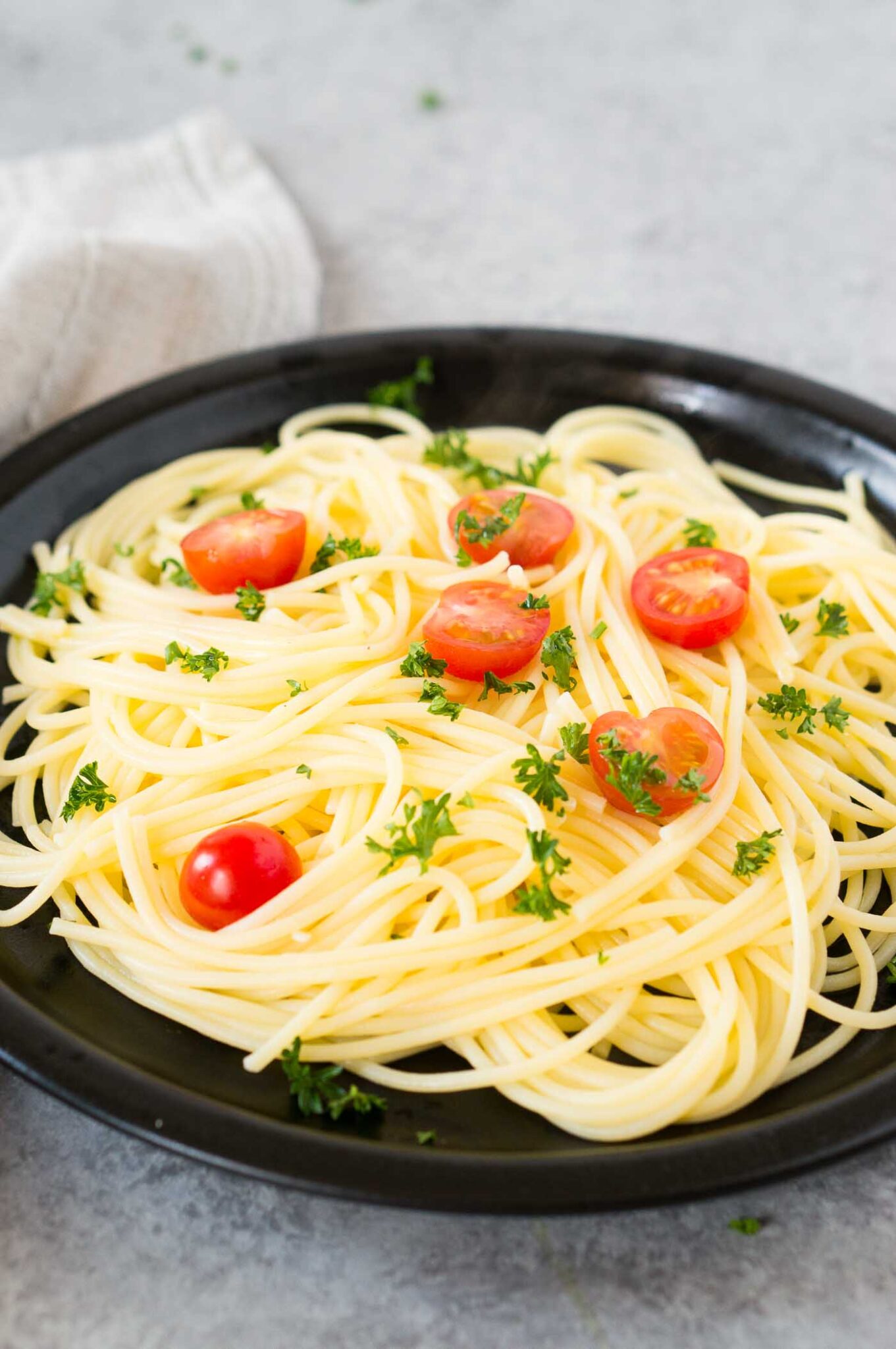Tips for Perfectly Cooked Pasta Every Time


Choosing the right pasta
Types of pasta and their ideal cooking times
When it comes to cooking pasta perfectly, choosing the right type of pasta and cooking it for the right amount of time are key. Here are some tips to help you achieve pasta perfection:
-
Spaghetti: This long, thin pasta should be cooked for about 9-12 minutes until it is al dente, or firm to the bite.
-
Penne: Penne is a tube-shaped pasta with ridges. It should be cooked for around 11-13 minutes until it is al dente.
-
Farfalle: Farfalle, also known as bowtie pasta, should be cooked for about 10-12 minutes. Its unique shape and texture make it a great choice for pairing with sauces.
-
Linguine: Linguine is similar to spaghetti but slightly wider. It takes about 8-10 minutes to cook until it is al dente.
-
Rotini: Rotini is a spiral-shaped pasta that is perfect for holding sauces. It should be cooked for around 8-10 minutes.
Remember to always follow the cooking instructions on the packaging of your chosen pasta as cooking times may vary slightly. And don't forget to generously salt your boiling water before adding the pasta to enhance its flavor.
By choosing the right pasta and cooking it for the right amount of time, you can enjoy perfectly cooked pasta every time.

Salt the water
Why and how to properly salt the water for cooking pasta
When it comes to cooking pasta, one of the most important steps is to properly salt the water. Adding salt to the water not only enhances the flavor of the pasta but also helps it cook evenly.
To properly salt the water, follow these simple steps:
-
Choose the right amount of salt: It is recommended to use about 1 to 1.5 tablespoons of salt for every 4 to 6 quarts of water. This may seem like a lot, but remember that most of the salt will be discarded with the water.
-
Add the salt to boiling water: Wait until the water is boiling before adding the salt. This ensures that the salt dissolves completely and evenly throughout the water.
-
Stir the water: After adding the salt, give the water a good stir to help distribute the salt. This will prevent the pasta from sticking together and ensure that each strand is properly seasoned.
-
Taste the water: Before adding the pasta, taste the water to ensure that it is properly salted. It should taste like seawater, which indicates that there is enough salt to flavor the pasta.
By following these simple tips, you can achieve perfectly cooked pasta with well-seasoned flavors. So don't forget to salt the water the next time you cook pasta!

Cooking time
The recommended cooking times for different types of pasta
If you love pasta and want to master the art of cooking it perfectly, you've come to the right place! Cooking pasta may seem simple, but it can be challenging to get that al dente texture just right. Here are some tips to help you cook pasta to perfection:
-
Follow the instructions: Most pasta packages come with recommended cooking times. Be sure to read the instructions carefully and follow them.
-
Taste test: The best way to determine if your pasta is cooked to perfection is to taste it. Start testing a few minutes before the recommended cooking time and continue until it reaches the desired texture.
-
Al dente: Al dente means “to the tooth” in Italian and refers to pasta that is cooked until it is firm but still slightly chewy. This is the preferred texture for many pasta dishes.
-
Salt the water: Adding salt to the boiling water not only enhances the flavor of the pasta but also helps to season it evenly.
-
Stir occasionally: Stirring the pasta occasionally while it cooks helps to prevent it from sticking together.
Remember, cooking times may vary depending on the type and thickness of pasta. It's always a good idea to taste test and adjust the cooking time accordingly. With practice, you'll become an expert at cooking pasta to perfection!

Test for doneness
How to check if the pasta is cooked al dente
So, you want to perfect your pasta cooking skills and achieve that elusive al dente texture? Look no further! Here are some tips to help you cook pasta perfectly every time.
-
Follow the instructions: Start by following the cooking instructions on the packaging. They usually provide a recommended cooking time, but keep in mind that it's just a guideline. Taste-testing is the ultimate test.
-
Check for texture: Take a piece of pasta and bite into it. If it's tender with a slight resistance in the center, you've achieved the al dente texture. Avoid overcooking until the pasta becomes mushy.
-
Timing is key: Keep a close eye on the cooking time. It's better to undercook the pasta slightly, as you can always cook it for a few more seconds if needed. Remember that pasta continues to cook for a short period even after draining.
-
Regularly test for doneness: Don't rely solely on the cooking time. Taste the pasta occasionally as it cooks to ensure you don't miss the al dente stage. Remember, practice makes perfect!
-
Drain properly: Once the pasta is cooked to your liking, drain it immediately to stop the cooking process. Rinse under cold water only if you plan to use it for a cold pasta dish. Otherwise, reserve some pasta water to help bind the sauce.
With these tips in mind, you'll be able to cook pasta like a pro and impress your friends and family with perfectly al dente noodles. Happy cooking!

Cooking techniques
Tips and tricks for cooking pasta evenly and preventing it from sticking
Cooking pasta may seem like a simple task, but achieving the perfect texture and preventing it from sticking can sometimes be a challenge. Here are some tips and tricks to help you cook pasta perfectly every time.
-
Use a large pot: Cooking pasta in a small pot can cause it to stick together. Make sure to use a large pot with plenty of water to allow the pasta to move freely.
-
Add salt to the water: Before adding the pasta, add a generous amount of salt to the boiling water. This helps to season the pasta from the inside out and enhance its flavor.
-
Stir occasionally: While the pasta is cooking, give it a gentle stir every now and then. This will prevent the strands from clumping together and sticking to the bottom of the pot.
-
Follow the cooking time on the package: Different types of pasta have different cooking times. It's important to follow the instructions on the package to avoid overcooking or undercooking the pasta.
-
Test for doneness: To check if the pasta is cooked to perfection, taste a small piece. It should be al dente, which means it's still firm to the bite but not hard.
-
Drain pasta properly: Once the pasta is done cooking, drain it immediately. Avoid rinsing it under cold water as this can remove the starch that helps the sauce cling to the pasta.
By following these tips and tricks, you can become a pasta cooking pro and enjoy perfectly cooked pasta every time.
:max\_bytes(150000):strip\_icc()/\_\_opt\_\_aboutcom\_\_coeus\_\_resources\_\_content\_migration\_\_serious\_eats\_\_seriouseats.com\_\_images\_\_2016\_\_02\_\_20160218-finishin-pasta-sauce-1-d1709732a0734803a36e34610aff94db.jpg)
Sauces and accompaniments
When it comes to cooking pasta, perfecting the sauce and accompaniments can take your dish to a whole new level. Here are some tips on pairing the perfect sauce with your pasta and adding complementary ingredients to enhance the flavors:
Pairing the perfect sauce with your pasta and adding complementary ingredients
-
Consider the shape: Different pasta shapes pair well with specific types of sauces. For example, long and thin pasta like spaghetti goes well with light and delicate sauces, while ridged pasta like penne is great for capturing chunky and hearty sauces.
-
Experiment with flavors: Don't be afraid to mix and match flavors. Creamy sauces like Alfredo or carbonara work well with cheese-filled tortellini, while tomato-based sauces complement the simplicity of spaghetti.
-
Add complementary ingredients: Enhance your pasta dish by adding complementary ingredients. For instance, adding fresh basil leaves to a tomato-based pasta dish can bring a burst of freshness, while adding sautéed garlic and chili flakes to aglio e olio spaghetti can elevate the flavors.
-
Balance the flavors: Pay attention to the balance of flavors in your sauce. If your sauce is rich and creamy, consider adding a squeeze of lemon juice to cut through the heaviness. Alternatively, if your sauce is tangy, a sprinkle of grated Parmesan cheese can add depth and richness.
Remember, cooking pasta perfectly is not just about boiling the noodles. Choosing the right sauce and complementary ingredients can truly elevate your dish and impress your friends and family. So get creative, experiment with flavors, and enjoy the delicious results!

Serving and plating
Best practices for serving and presenting pasta dishes
You've cooked the perfect pasta, and now it's time to serve and plate it in a way that is pleasing to the eye and enhances the dining experience. Here are some tips to help you serve your pasta like a pro:
-
Use the right serving utensils: Use tongs or a pasta server instead of a regular spoon or fork to prevent over-cooking and breakage. This will help maintain the shape and texture of the pasta.
-
Dress it up with garnishes: Add some visual appeal to your pasta dish by garnishing it with fresh herbs like basil or parsley, grated Parmesan cheese, or a drizzle of olive oil. These finishing touches not only make the dish look more appetizing but also add depth to the flavors.
-
Choose the right plate: Pasta dishes are often served best on flat plates or shallow bowls. This allows the sauce to evenly coat the pasta and provides a spacious surface for garnishments.
-
Use the “pasta first” method: Before adding the sauce, put a portion of cooked pasta onto each plate and then spoon the sauce over it. This ensures that the pasta is evenly coated and retains its shape.
-
Be mindful of portion sizes: Serve appropriate portion sizes that are neither too big nor too small. This will ensure that your guests can enjoy the dish without feeling overwhelmed or unsatisfied.
Remember, serving and plating your pasta dishes with care and attention to detail not only enhances the visual appeal but also adds to the overall dining experience. So, get creative, have fun, and enjoy your perfectly cooked pasta!

Common mistakes to avoid
Cooking pasta may seem like a simple task, but if not done correctly, it can result in a disappointing dish. To help you achieve pasta perfection, here are some common mistakes to steer clear of:
Mistakes to steer clear of when cooking pasta
-
Skipping salt: Many people underestimate the importance of salting the pasta water. Seasoning the water well with salt enhances the flavor of the pasta itself.
-
Overcooking: It's a common misconception that pasta should be cooked until it's soft and mushy. To avoid this, follow the package instructions for cooking time and taste the pasta a few minutes before that time to ensure it's cooked al dente, meaning it's still slightly firm to the bite.
-
Insufficient water: Cooking pasta in too little water can result in sticky noodles. Make sure to use plenty of water to allow the pasta to move freely while cooking.
-
Not stirring: Stirring the pasta during cooking prevents it from sticking together and ensures even cooking. Remember to stir occasionally throughout the cooking process.
-
Rinsing the pasta: After cooking, avoid rinsing the pasta with water. This washes away the starches that help the sauce adhere to the noodles, resulting in a bland dish.
By avoiding these common mistakes, you'll be on your way to cooking perfect pasta every time. Remember to pay attention to the details, and soon you'll be enjoying a delicious and satisfying pasta dish.

Conclusion
In conclusion, by following these key tips, you can become a pro at cooking pasta perfectly every time. It's all about selecting the right pasta, using a large pot with plenty of boiling water, salting the water, cooking the pasta until al dente, and reserving some pasta water for the sauce. Don't forget to give the pasta a quick rinse under cold water to stop the cooking process, and never add oil to the water.
Remember to experiment with different types of pasta shapes and sauces to discover your favorite combinations. Cooking pasta is all about practice and finding what works best for you. So get creative and enjoy the delicious results!
Recap of key tips for cooking pasta perfectly
- Choose the right pasta shape for your dish.
- Use a large pot with plenty of boiling water.
- Salt the water generously to season the pasta.
- Cook the pasta until it is al dente, with a slight bite.
- Reserve some pasta water to add to your sauce for better consistency.
- Rinse cooked pasta quickly under cold water to stop the cooking process.
- Avoid adding oil to the cooking water.
By following these tips, you'll be able to cook pasta that is perfectly cooked, flavorful, and ready to be enjoyed with your favorite sauce. Happy cooking!



